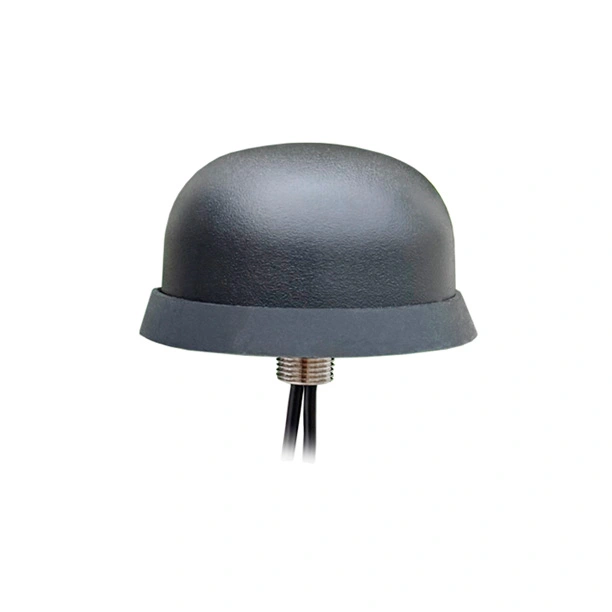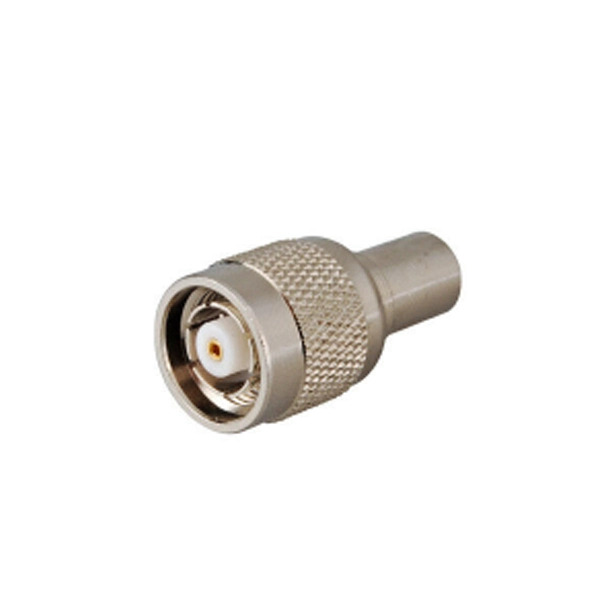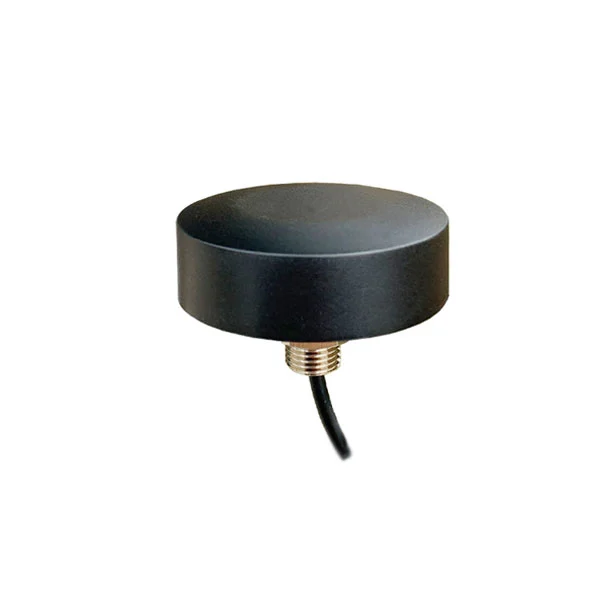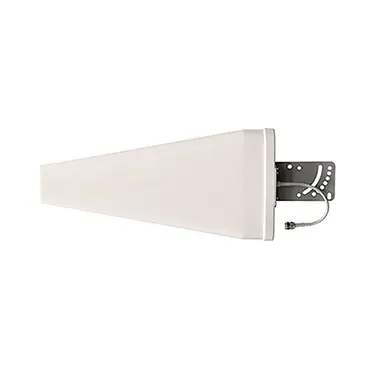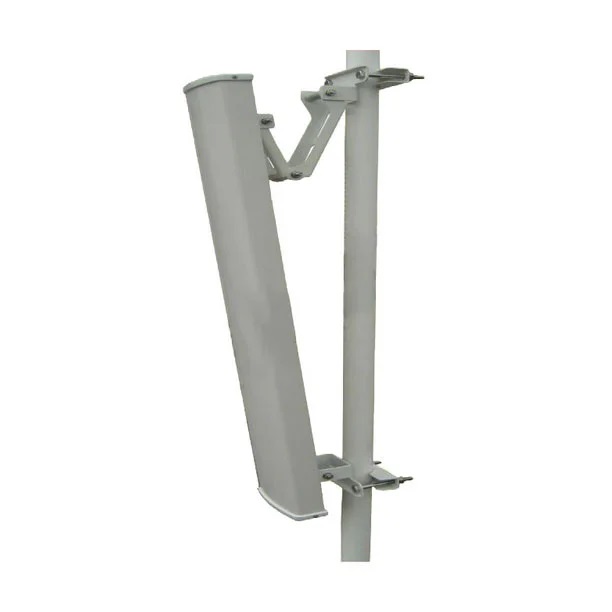As wireless communication technology rapidly advances, antennas play a crucial role in these systems. The 2.4G dish antenna and the 4G sector antenna are two common types, each with unique characteristics and applications. This article will delve into their technical details, applications, and performance comparisons to help readers understand their advantages and disadvantages.
Technical Details
2.4G Dish Antenna
The 2.4G dish antenna is commonly used in wireless local area networks (WLAN), Bluetooth, and other short-range communication systems. Operating at a frequency of 2.4GHz, it offers high gain and directivity. The design allows the antenna to focus signals, enhancing transmission distance. Typical gain ranges from 8dBi to 15dBi, enabling efficient signal transmission and reception while minimizing interference.
4G Sector Antenna
The 4G sector antenna operates within a frequency range of 1.7GHz to 2.7GHz, primarily used in cellular communication networks. Its design aims to cover a specific sector area, typically ranging from 60 to 120 degrees. With a gain typically between 12dBi and 18dBi, the sector antenna provides stable signal strength over a broader area, making it suitable for base station applications where multiple user devices communicate.
Application Scenarios
Applications of 2.4G Dish Antenna
2.4G dish antennas are widely used in home and business wireless network deployments. Their high gain and directivity enable stable signal reception over long distances. They are also common in wireless video surveillance systems and wireless sensor networks, demonstrating significant advantages in applications requiring long-distance transmission.
Applications of 4G Sector Antenna
4G sector antennas are primarily used in mobile communication base stations, providing cellular signals to user devices. As 4G networks proliferate, sector antennas play vital roles in base station deployments across urban, rural, and remote areas. By working together, multiple sector antennas can cover broader areas, delivering higher data transfer rates. They are also extensively used in temporary base station deployments for large events and sports venues.
Performance Comparison
Signal Range and Strength
In terms of signal range, 2.4G dish antennas are suited for short-range, high-strength communication, while 4G sector antennas can cover wider areas. Although dish antennas offer stronger signal strength in specific directions, sector antennas provide service to more users through their sector coverage.
Interference and Noise
Given the widespread use of the 2.4GHz band in home and commercial settings, dish antennas may face interference and noise challenges. In contrast, 4G sector antennas employ advanced interference management techniques in cellular networks, effectively addressing environmental interference.
Cost and Installation
From a cost perspective, 2.4G dish antennas are generally more economical than 4G sector antennas, making them attractive for small-scale deployments. However, the more complex design and installation requirements of sector antennas may lead to higher costs. Additionally, sector antennas often require higher technical skills and specialized equipment for installation.
Conclusion
In summary, both 2.4G dish antennas and 4G sector antennas have unique advantages and suitable application scenarios. The choice of antenna type depends on specific application needs, environmental conditions, and budget considerations. For applications requiring long-distance, high-strength signals, the 2.4G dish antenna may be the better option, while the 4G sector antenna is more suitable for wide-area mobile communication.

 English
English